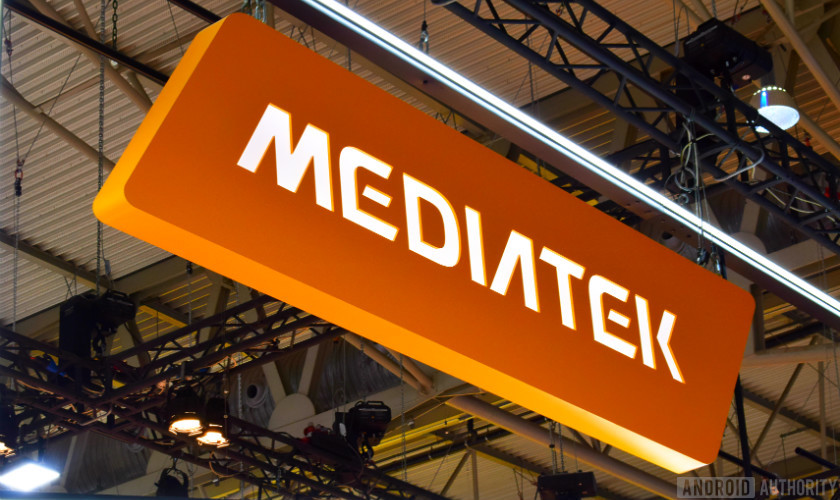
- MediaTek has announced the Dimensity 800U processor.
- The new chipset delivers 5G+5G dual SIM support and higher CPU clock speeds.
- There’s no word on when we can expect the first phones with the chipset though.
MediaTek announced the Dimensity 800 chipset earlier this year, marking the first time the brand offered a mid-range 5G processor. We’ve seen several Huawei devices in China adopt this silicon, but nothing outside the region just yet.
Now, the Taiwanese chip designer has announced the Dimensity 800U, essentially being a mildly upgraded version of the earlier processor in most respects. So what kind of improvements do we see from the new MediaTek silicon?
For starters, the Dimensity 800U features the same octa-core CPU layout, delivering four Cortex-A76 cores and four Cortex-A55 cores. However, the Cortex-A76 cores have received a clock speed bump from 2Ghz to 2.4Ghz on the new chip.
Another major addition is 5G+5G dual SIM support, which was missing on the Dimensity 800. This means MediaTek’s chipset joins the Dimensity 820, Dimensity 1000, and Dimensity 1000 Plus in supporting the option. This could be pretty handy in the early days of 5G, where carriers are starting to roll out their networks but coverage isn’t available everywhere.
Related: Dual SIM 5G phones — What’s the deal with 5G+5G technology?
One area that seems to have seen a downgrade is the GPU, as the Dimensity 800U sports a Mali-G57 MC3 GPU versus the 800’s Mali-G57 MC4 graphics. Nevertheless, you’re still getting 120Hz refresh rate support here at FHD+ resolution. So hopefully the revised GPU is able to deliver a smooth experience.
Other notable features include an APU for machine learning tasks, 64MP single or 20MP/16MP dual camera support, Bluetooth 5.1, Wi-Fi 5 (still no Wi-Fi 6 here), 4K recording, and UFS 2.2 support.
We’ve asked MediaTek when we can expect to see the first phones with this chipset as well as whether phones with this processor will be available outside China. We’ll update the article as soon as we receive a response.
Next: The Google Pixel 4a is amazing, but what does it mean for the Pixel 5?

